Recreating the Country blog |
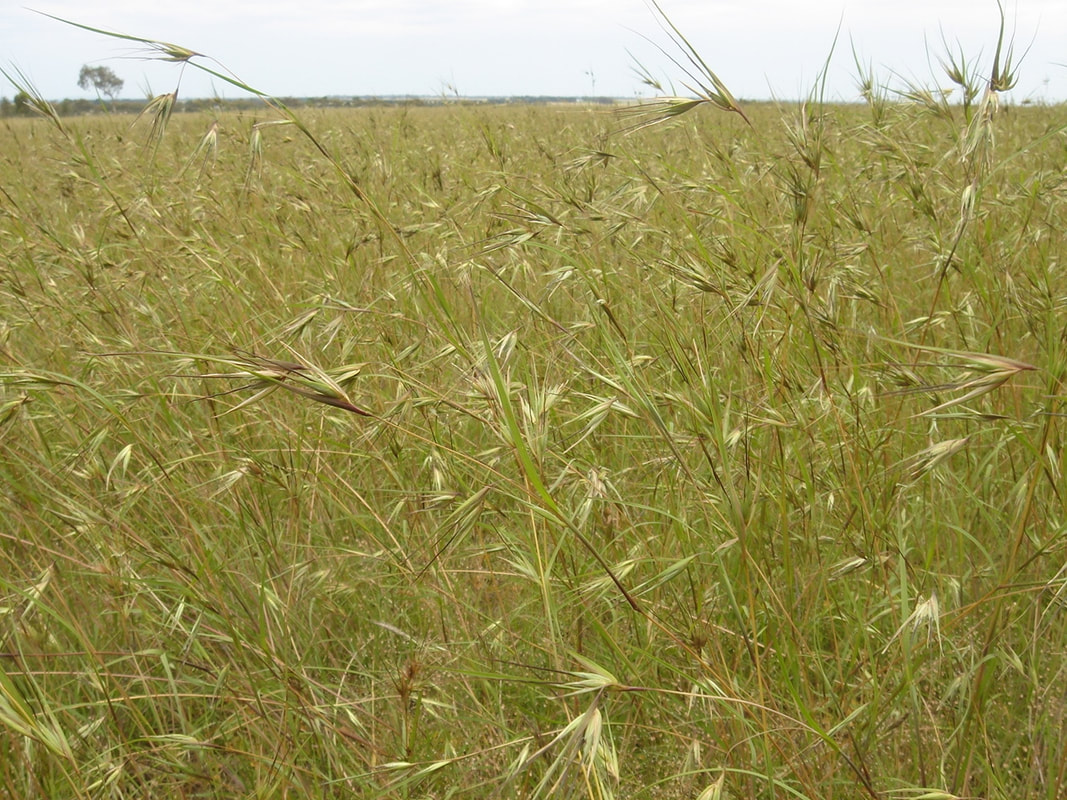 A healthy Kangaroo Grassland in central Victoria. Photo Dale Smithyman A healthy Kangaroo Grassland in central Victoria. Photo Dale Smithyman Kangaroo Grass, Themeda triandra A tree without a trunk Revelations are moments in life when strongly held opinions are radically changed by a new insight. One such revelation for me was on a grasslands tour in 2016 with Dr John Morgan, a plant ecologist from La Trobe University - click here to John's interesting blog site. My revelation came when John Morgan told me that Kangaroo Grass (KG) can live for more than 100 years if it is well managed. To emphasise his point he called it 'a tree without a trunk'. Regular cool burning every five to ten years is part of the secret of keeping KG healthy and long lived. I had always thought that the longest living Australian plants were trees, but now I had to accept from this very reliable source that a common native grass that only grows to about knee high could outlive many trees. The origin of the botanical name is Arabic and Latin Themeda is from the Arabic word thaemed which means ‘a rain filled depression that dries out in summer’. This concisely describes the ability of Kangaroo Grass to do well in both moist rich soils as well as dry environments. triandra is from the Latin ‘tri’ & ‘andrus’ meaning three males. This tells us it that ‘the flowers have three male reproductive parts or stamen’. It's a subtle feature that can help identify KG To pronounce the scientific name, the genus Them-eda starts with a soft 'th' as in think and theme. The species name is as simple as it looks, Try-and-dra. Nature notes The traditional grazing food of kangaroos and wallabies. KG tussocks provide excellent habitat for reptiles, amphibians and small mammals like skinks, legless lizards, frogs and dunnarts. The seeds are an important food for finches and parrots. KG attracts butterflies like the Common Brown, Heteronympha merope and 13 other species 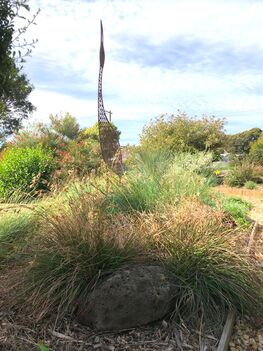 Kangaroo Grass in the foreground of our garden Kangaroo Grass in the foreground of our garden Kangaroo Grass in the garden I have always been a fan of Kangaroo Grass (KG) because it’s such a hardy, attractive and useful plant. Its unique flower head or floret provides a rustic yet beautiful contrast. The florets and flowering stems mature to a vibrant bronze colour over summer making it a feature in any garden either as a single specimen or as a clump. You’re more likely to attract butterflies to your garden if you plant it in clumps of five or more. To give you an idea of a good spacing for each plant, in a natural grassland a healthy clump of KG has about 10 plants/m2. That works out to a plant spacing of 25 - 30 cm John Batman was a fan A love of KG is something I apparently share with the founder of Melbourne John Batman, who got very excited when he first wandered around 'Djillong' in 1835. (The Wadawurrung name for Geelong means 'tongue of land') Batman was describing Kangaroo Grasslands on a walk across the Bellarine Peninsula when he wrote; ‘We passed into the country and at a distance of four miles (6.4km) commenced travelling over land a little sandy in places, but of the finest description for grazing purposes; nearly all parts of its surface covered with Kangaroo and other grasses of the most nutritive character, intermixed with herbs of various kinds’. Because it is also a native to Africa and Asia, no doubt Batman knew its value as a nutritious perennial pasture grass. Remarkably it just keeps on giving and doesn’t need much fertiliser, like most Australian plants that have adapted to our leached ancient soils. 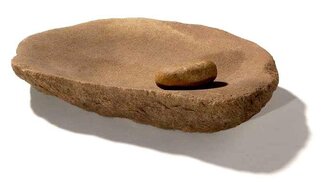 30,000 year old seed grinding stone. Australian Museum (click on the image to read more) 30,000 year old seed grinding stone. Australian Museum (click on the image to read more) The First Australians When the first fleet arrived in 1787 it is estimated that Kangaroo Grasslands covered 70% of Australia. So it’s not surprising that it was highly valued by the First Australians who harvested its protein rich grain for bread making. Bruce Pascoe, in his acclaimed book Dark Emu, quotes archaeological evidence that KG and other grasses were ground into flower for bread making 30,000 years ago. This is 13,000 years before the Egyptians began baking in 17,000 BC. Click here to the Australian Museum's article on this topic It was regularly burnt to produce a green pick to encourage mobs of kangaroos to graze near woodlands where they could be conveniently speared for food. Making a Kangaroo Grass seed biscuit Inspired by Dark Emu I decided to make a KG seed biscuit. I selected 100 KG seeds (approx. 0.5 grams) from last summers garden harvest, removed the awns and ground the seeds with a mortar & pestle. The flower was then separated from the husks with a kitchen sieve and then a little water added to make pastry for a small biscuit, which was baked without oil in a non-stick pan until crisp. As you can see from the photos below, it made a biscuit worthy of the Guinness World Records as the smallest ever made. Though it was large enough to taste the unique flavour. Read more about baking a commercial loaf of bread using KG here I understand that the seed is gluten free and this was my observation during the making of the biscuit. The flower did glue together well and held its shape in the frying pan because of the starch released during the mashing process. In 100 grams of KG there is : Energy: 1819 kJ. Protein: 19.8-21.7 g. Total fats: 8.5 g. Saturated fats: 0.9 g. Unsaturated fats: 7.6 g. Total carbohydrates: 52 g. Total minerals: 9.6 g.m. (Ref: Native Grains from paddock to plate. Sydney University study. September 2020) A photo record of making a Kangaroo Grass seed biscuit How it tasted The flavour was pleasant and nutty with a strong element of rye. I gave it 7/10, my wife 5/10 The appearance was grey-brown with some visible fibres before cooking. After cooking it was a pumpernickel bread dark brown colour. My wife and I both gave it a 5/10 for counter-top appeal. Interestingly we both had a sensation of astringency on the tip of our tongues a few minutes after eating the biscuit which lasted about 5 minutes. Overall we thought the KG seed biscuit had potential and deserved further trials. Read here about using KG seed flour in bread making 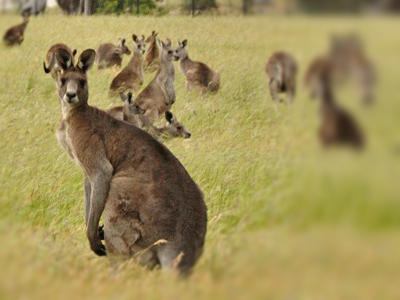 Traditionally native grasslands were grazed in a patchwork by kangaroos Traditionally native grasslands were grazed in a patchwork by kangaroos Managing your patch of Kangaroo Grass. Traditionally grazing mobs of kangaroos did provide some fertiliser for KG. Today this can be mimicked by a flock of sheep. The KG is ‘crash grazed’ (for a few days) in late spring before November flowering or in late autumn/early winter before the soil becomes wet and is likely to pug. Slashing and removing the slash is an alternative management method If you’re lucky enough to have a patch of KG on your property you can keep it healthy with a combination of grazing/slashing and burning every 5 – 10 years. This helps to minimise the build-up of dead grass (thatch) around the base of plants and prevents them from becoming overcrowded (fewer than 15 plants/m2 is recommended). Both the build-up of thatch and overcrowding will cause KG plants to slowly die. If it is lightly grazed it stays green throughout the summer, making it an excellent fire break as well. KG expert and a self-confessed enthusiast John Delpratt writes; ‘KG is a fantastic grass – with just enough quirks to make it challenging and fun as well. As the dominant component of a roadside reserve, it is relatively easily managed by periodic burning or slashing. It grows actively in late spring and summer and its tussock structure can support a wide diversity of other grasses and seasonally-colourful wildflowers, providing the traveller with a wonderfully Australian sense of place. A well-managed Themeda community is resilient and very resistant to weed invasion’. John Delpratt is an Honorary Fellow with the University of Melbourne. He was a lecturer in plant production and seed technology at the University’s Burnley campus for 25 years prior to his retirement. To read more about John and his fascination with KG click here KG as a valuable crop KG is a valuable crop and will return consistently $1000/ha or more. Its seeds can be harvested in late December when flower heads (florets) are stripped with a purpose built harvester and blown into wool-bales. One hectare will usually yield one wool bale which is valued at $1,000 - $2,000 for revegetation projects. That's not bad for a perennial crop that needs no fertiliser and will provide good yields for 100 years or more without needing to be re-sown. Cleaned seed sells for around $3/g and there are 210 seeds without awns/g (Fiona Love pers. com.) Much of the microfine Merino wool that has achieved extraordinary prices on international markets is grown on native pastures like KG 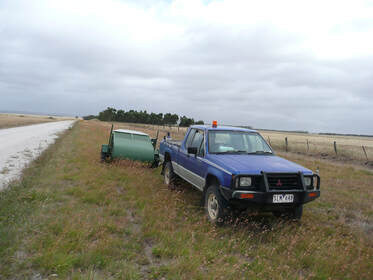 The Bandicoot Native Grass Harvester in action on a roadside reserve The Bandicoot Native Grass Harvester in action on a roadside reserve Harvesting Kangaroo Grass – when and how KG is ready to harvest in late December when the seed is dark brown and the dark brown awn (tail) remains firmly attached to the seed when you give it a gentle tug. If the awn is not visible on the florets, the seeds have probably dropped and it’s too late to harvest. On these occasions look for KG on moister ground or in shady environments that may still be holding seed. The florets can carry up to seven seeds, though two/three seeds are infertile. Large quantities Collecting Kangaroo Grass in large quantities is conveniently done with a purpose built harvester like the Bandicoot Native Grass Harvester. The Bandicoot can be towed behind a ute or a quad bike. It has rotating brushes that remove the florets and shoots them into a trailer or a wool-bale. This machine has a height adjustment for harvesting different species of native grasses. An alternative technique is to use a combination of a sickle-bar mower or brush cutter and a portable industrial vacuum cleaner. The florets should be collected within 24 hours of cutting, before the seed is released. 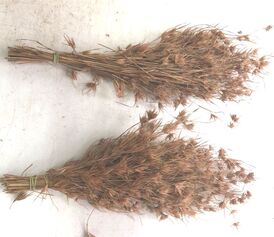 A small collection of florets can yield sufficient seeds to grow 100 + plants for the home garden A small collection of florets can yield sufficient seeds to grow 100 + plants for the home garden Collecting smaller quantities for growing in tubestock I have found a small scythe (rice harvester) is convenient for harvesting KG. Secateurs also work well to cut bunches of stems before pushing them floret first into a large plastic bucket/bin. With both large and small quantity harvesting, the seed needs to dry before it is stored long term. This is conveniently done in open wool-bales with large quantities. I found large open plastic bread trays, open bins or large paper bags ideal for the small quantities required for nursery production. As the florets dry the mature seeds with awns attached drop out and falls to the bottom of the bucket or paper bag. Bellarine Landcare Nursery has developed a more sophisticated method of separating the seed from the florets. The harvested florets are spread over a large metal grill that sits over a lined box. Disturbing the florets from time to time allows the seeds to drop through. It’s then an easy process to separate the fallen seeds from the fragments of florets. The cleaned seed can be stored with or without the awn in a zip-lock bag and remains viable for decades if kept in a cool dark place. 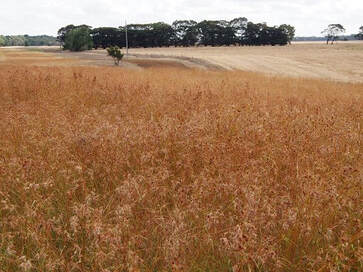 High quality Kangaroo Grass on a broad roadside reserve. Photo Liz Fenton High quality Kangaroo Grass on a broad roadside reserve. Photo Liz Fenton Re-establishing Kangaroo Grasslands There are a number of examples of Kangaroo Grass being successfully re-established in the field using direct seeding techniques. John Delpratt writes below about his group’s achievements re-establishing large areas of native grasslands on roadsides at Woorndoo, near Hamilton. To read more about this project click here
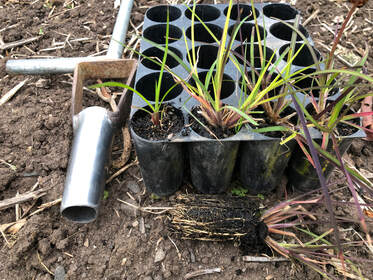 8 month old Kangaroo Grass seedlings in hiko cells ready for planting. Note the strong wiry roots on the plant lying in front. 8 month old Kangaroo Grass seedlings in hiko cells ready for planting. Note the strong wiry roots on the plant lying in front. Geminating KG - the tricks of the trade KG is tricky to germinate from seed because it usually goes into dormancy shortly after it matures (dormant seed is still viable but doesn’t germinate).
Seed can be sown onto a seedling tray in Spring/Summer by spreading it over seed-raising mix roughly and evenly. As the humidity changes the awns begin to twist and wiggle, drilling the seed into the potting mix. It’s amazing to watch the awns 'come alive' after the seedling trays are watered. I usually hold the seed by its awn and push two or three seeds into each hiko cell to ensure a good germination result. With this method there is no transplanting needed. Some seeds shoot within a few days and over 1-2 weeks most seeds will have their first leaf. If the seed hasn't germinated in 1 month then its unlikely that it will. With the addition of some native slow release fertiliser they will grow and strengthen over the next few months and be ready for planting in the garden or the back paddock by Autumn. If they are growing in a hot house, move tubestock into an exposed outside environment at least one month before planting in the field. This toughening process is called 'hardening off' and should be done with all plants to prepare them for the exposed growing conditions they will experience in an open paddock To read more about Kangaroo Grass I found this page full of good information - The Australian Herbarium’s website> Here is a link to a photo and description of Rigid Panic grass, Walwhalleya proluta
See Stuart McCallum's comment below
4 Comments
Dale Smithyman
1/9/2021 11:52:46 am
Great article again Steve. Wonderful work. Looking forward to your range of Kangaroo Biscuits with a flavour that really jumps out at you!
Reply
Steve
2/9/2021 11:39:48 am
Glad you liked it Dale. When I open my KG seed biscuit factory I'll borrow your slogan - 'flavour that really jumps out at you' - fantastic!
Reply
Stuart McCallum
2/9/2021 11:36:39 pm
Another ripper blog edition Steve
Reply
Steve
3/9/2021 10:57:43 am
I like the way you're thinking Stu,
Reply
Leave a Reply. |
Click on the image below to discover 'Recreating the Country' the book.
Stephen Murphy is an author, an ecologist and a nurseryman. He has been a designer of natural landscapes for over 30 years. He loves the bush, supports Landcare and is a volunteer helping to conserve local reserves.
He continues to write about ecology, natural history and sustainable biorich landscape design. 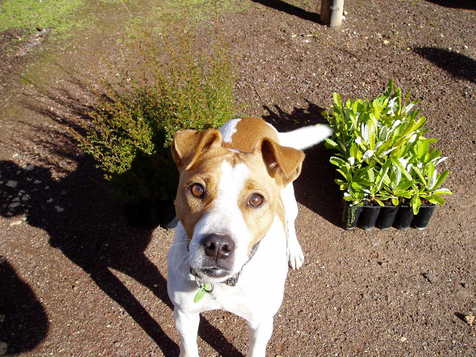
|
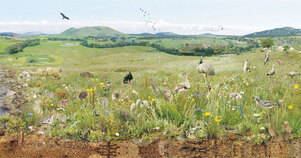
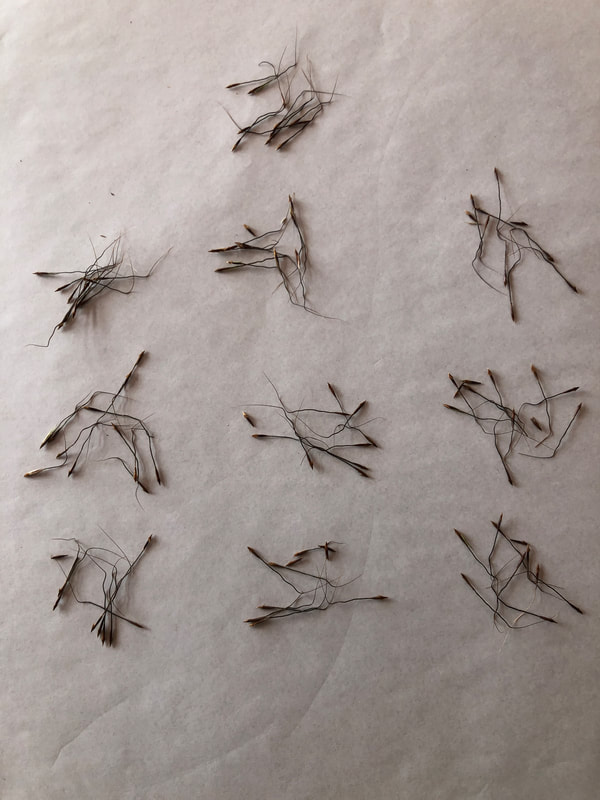
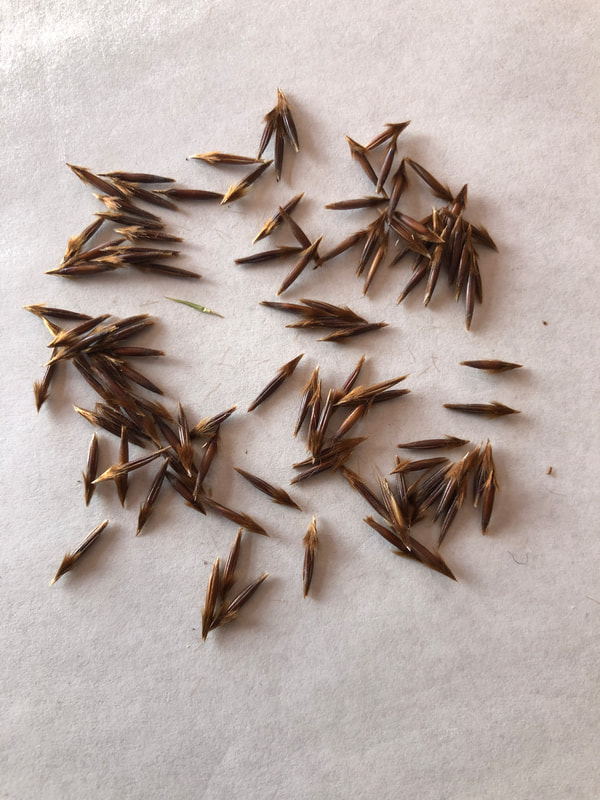
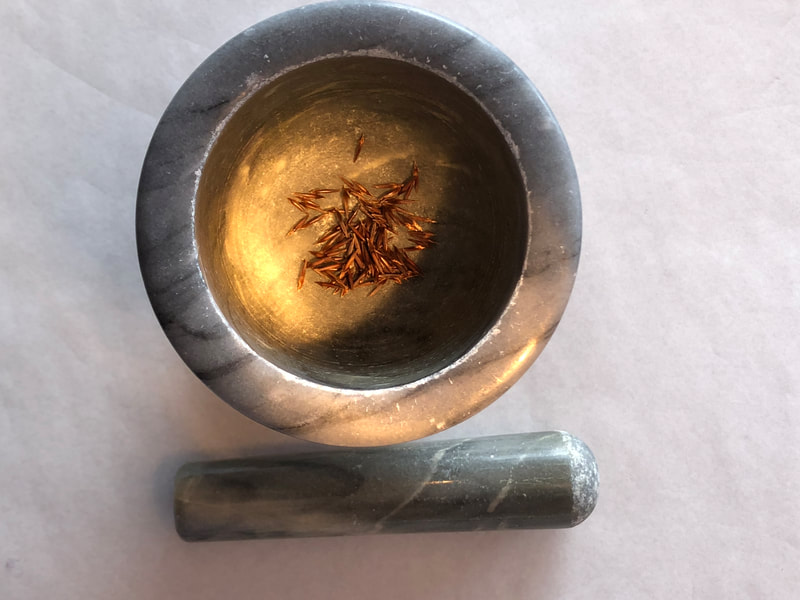
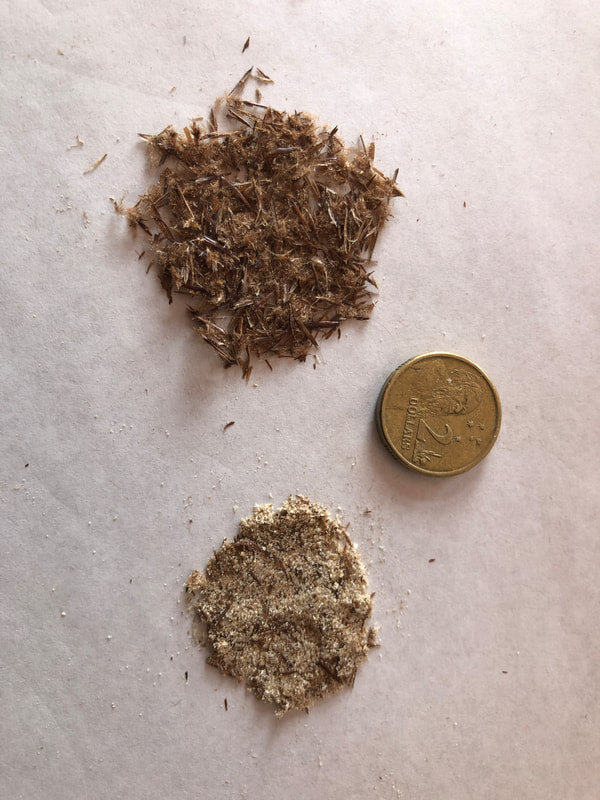
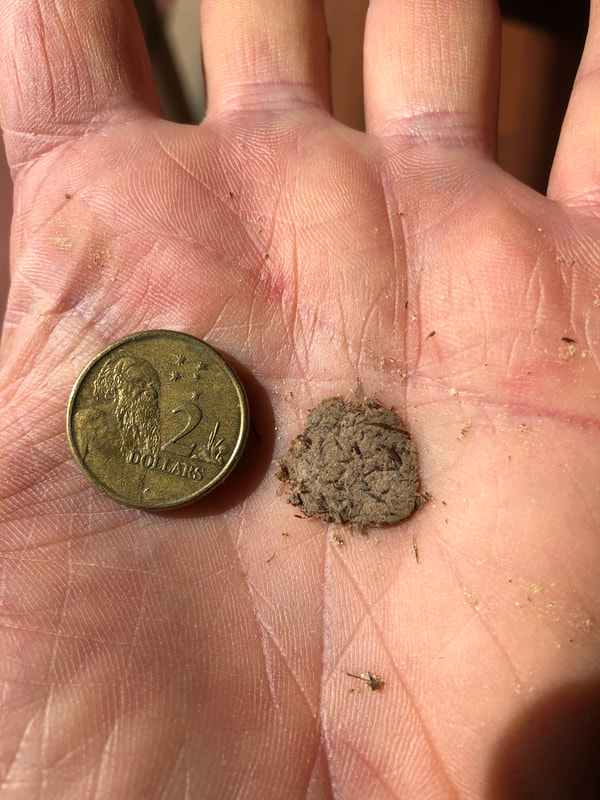
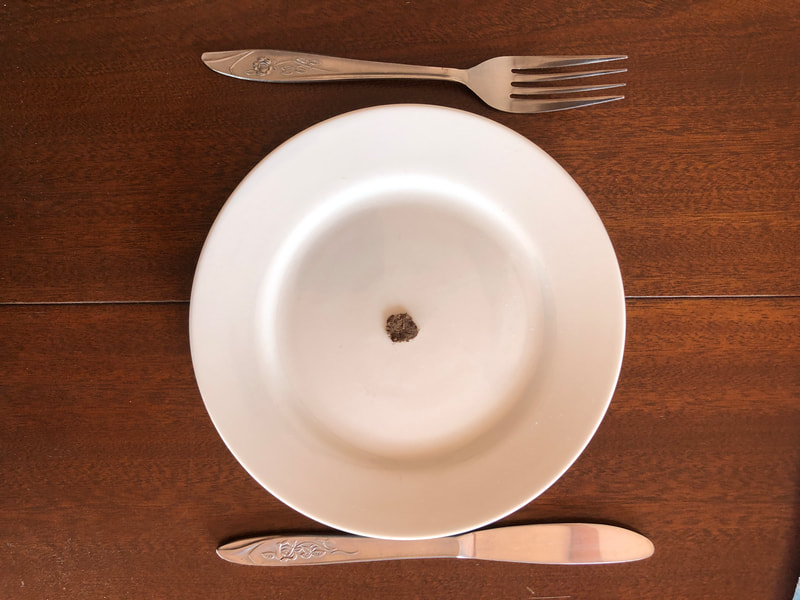
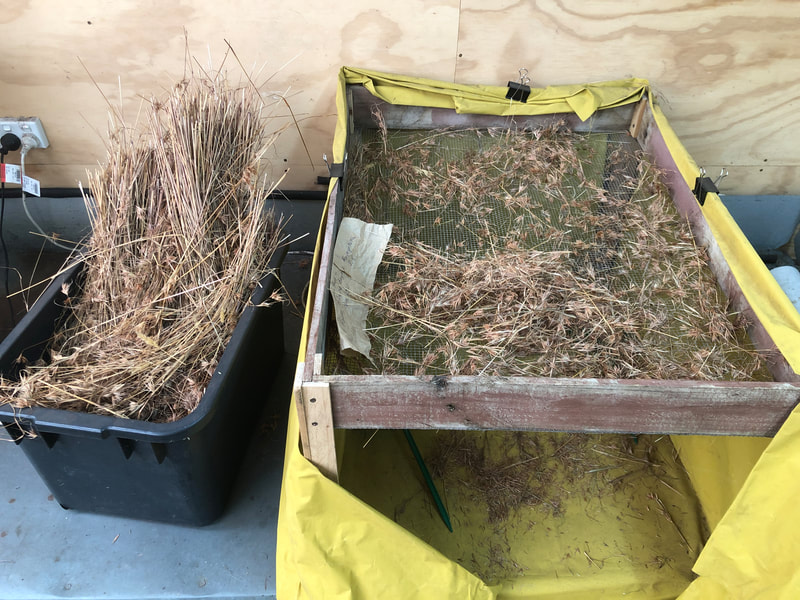
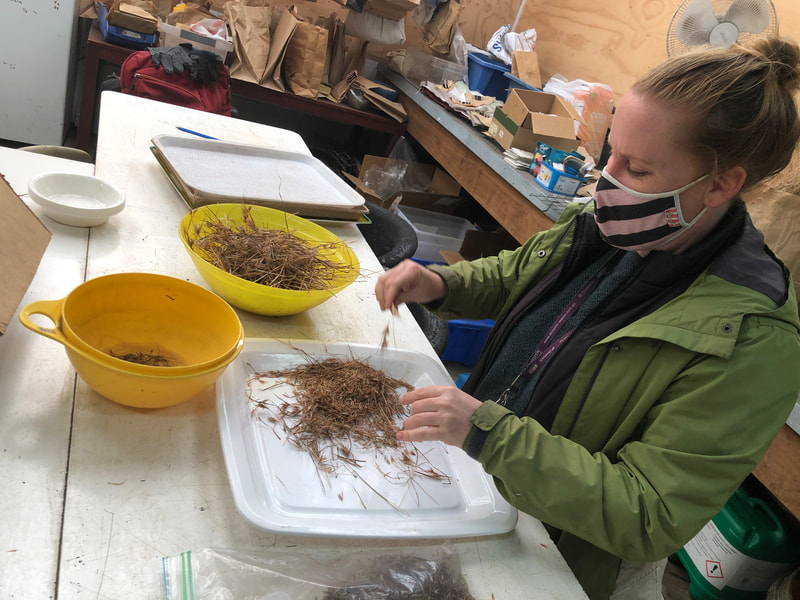

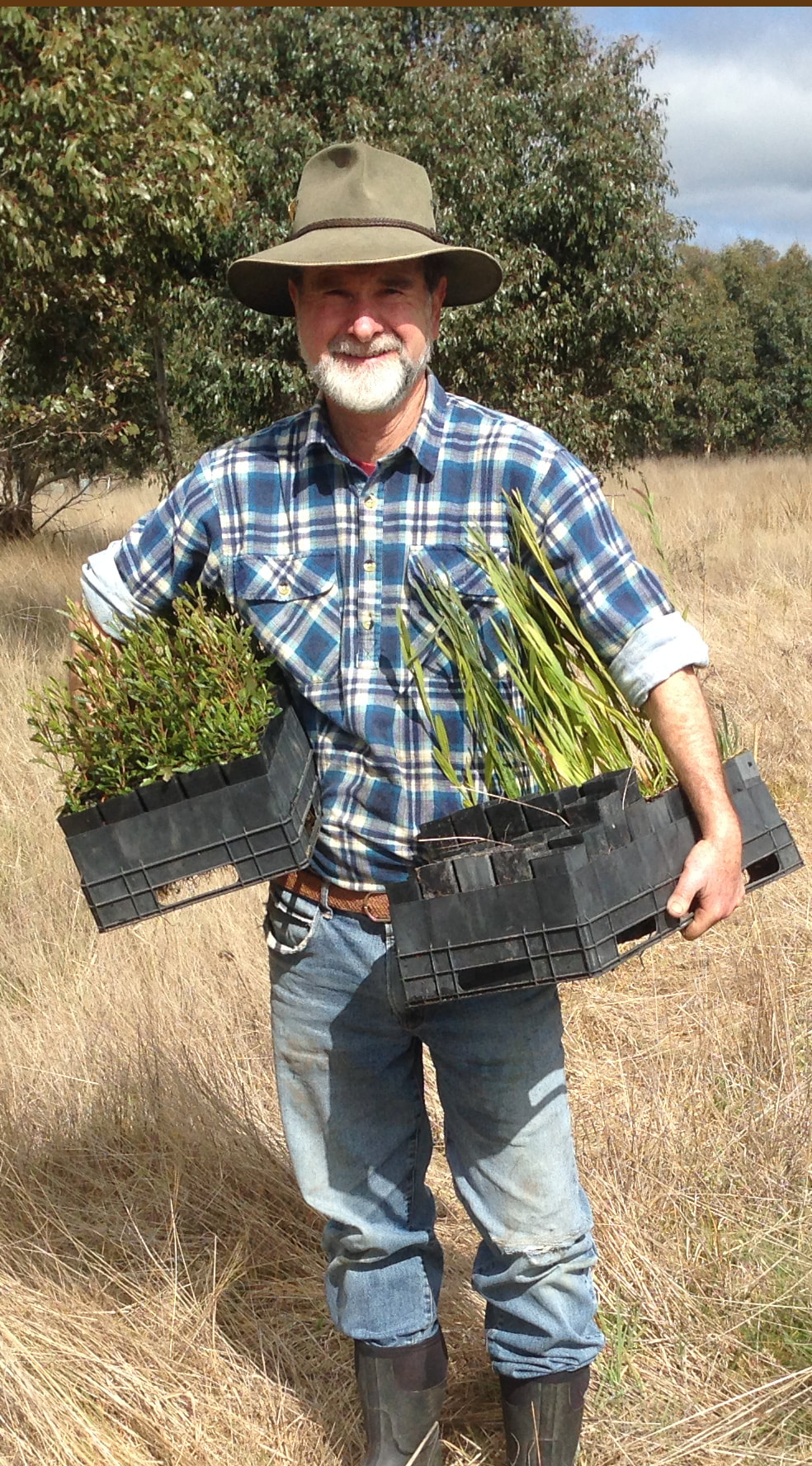

 RSS Feed
RSS Feed
